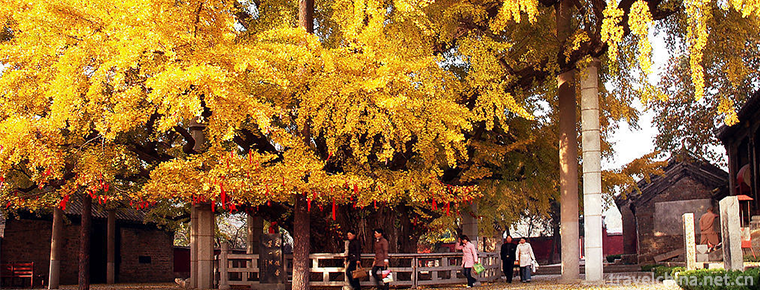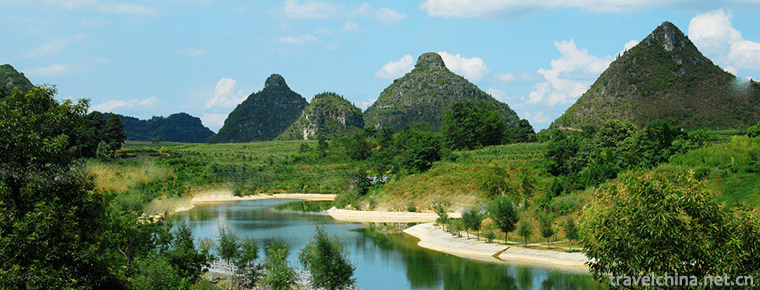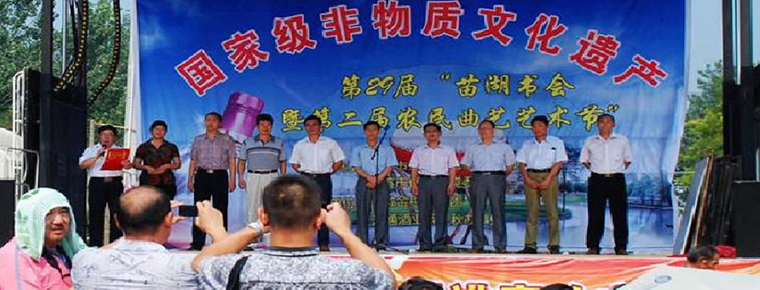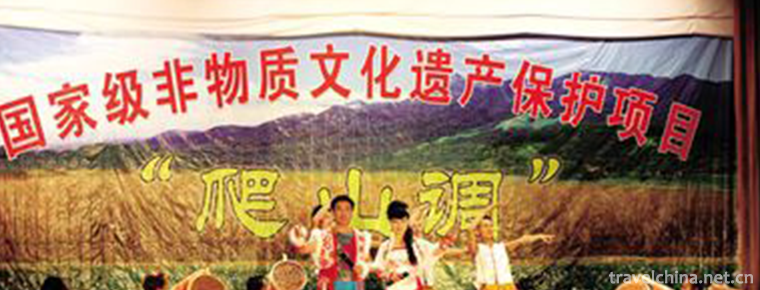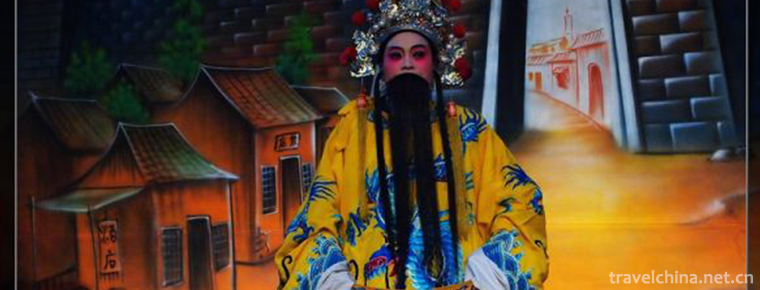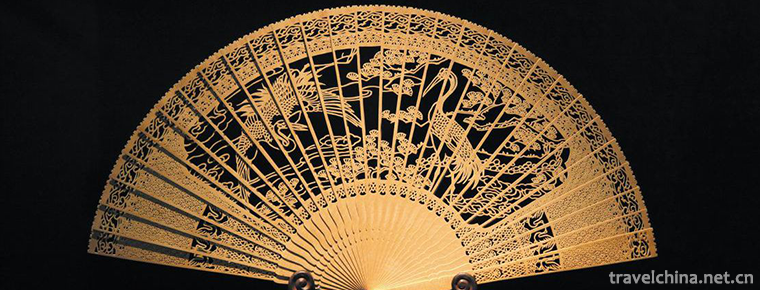Shanghai Science and Technology Museum
Shanghai Science and Technology Museum is a comprehensive natural science and technology museum with Chinese characteristics, times characteristics and Shanghai characteristics, which is invested by the Shanghai Municipal People's Government to implement the strategy of rejuvenating the country through science and education, improve the city's comprehensive competitiveness and citizens'scientific and cultural literacy. It is a public welfare institution for the public to carry out popular science education, and it is also a medium-sized museum. China's important base for popular science education and the construction of spiritual civilization.
The Science and Technology Museum is located at 2000 Century Avenue, Pudong New Area, the administrative and cultural center of flowers and trees, west of Century Square and south of Century Park. The main Pavilion covers an area of more than 68,000 square meters and has a construction area of 98,000 square meters. It is divided into 11 theme exhibition areas with different styles, four high-tech special cinemas, three art galleries of ancient and modern Chinese and foreign scientists and their footprints, two theme special exhibitions and several temporary exhibition halls, which together vividly deduce "nature, people, and some temporary exhibitions" for tourists from all directions. The eternal topic of science and technology.
The main Museum of Shanghai Science and Technology Museum was officially opened to the outside world on December 18, 2001. It is the first science and Technology Museum in China to pass ISO9000/14000 international quality/environmental standards certification. It has become a national AAAAA-level popular science tourist attraction.
In October 2018, it was appraised as the national practical education base for primary and secondary school students.
The Shanghai Science and Technology Museum is a major social and educational institution invested by the Shanghai Municipal Government for 1.755 billion yuan in improving citizens'scientific and cultural literacy. It belongs to the Shanghai Science and Technology Commission.
The Shanghai Science and Technology Museum was officially established by the municipal government in March 1996. Construction started on December 18, 1998, with a total investment of 1.755 billion yuan, including 855 million yuan for civil construction and installation, 500 million yuan for the first phase and 400 million yuan for the second phase.
It was basically completed in April 2001, the ninth APEC Informal Leaders'Meeting was held in Shanghai Science and Technology Museum on October 21, 2001, and the first exhibition was open to the public on December 18, 2001.
The second phase of the exhibition was completed on May 14, 2005. The exhibition area of Shanghai Science and Technology Museum reached 65,000 square meters.
Shanghai Science and Technology Museum is located at 2000 Century Avenue, the administrative and cultural center of flowers and trees, west of Century Square and south of Century Park.
The main Pavilion covers an area of more than 68,000 square meters and has a construction area of 98,000 square meters. It is divided into 11 theme exhibition areas with different styles, four high-tech special cinemas, three art galleries of ancient and modern Chinese and foreign scientists and their footprints, two theme special exhibitions and several temporary exhibition halls.
The building of Shanghai Science and Technology Museum is composed of one floor underground and four floors ground with an office complex. The whole building shows a spiral rising form, which reflects the continuous progress of science and technology. In the middle of the building is a huge glass sphere with symbolic features, embedded in a pool of clear water, which implies the birth of life.
Shanghai Science and Technology Museum Science Cinema has four distinctive cinemas with different styles: IMAX three-dimensional giant screen cinema, IWERKS four-dimensional cinema, IMAX ball screen cinema and space digital cinema. These four characteristic cinemas are located in the exhibition area of the Science Museum, which constitutes the largest science cinema city in Asia.
There are more than 800 seats in the studio. Giant-screen cinema and ball-screen cinema are located on the ground floor, four-dimensional cinema on the ground floor and space cinema on the ground floor.
Grand curtain cinema
IMAX is the first three-dimensional cinema in mainland China.
The three-dimensional cinema has a huge screen, 18.3 meters high and 24.3 meters wide (equivalent to the height of a six-storey building), which can accommodate 441 viewers. The projection equipment of three-dimensional giant screen cinema adopts 70 mm 15-hole IMAX dual-machine projection system, which uses 70 mm 15-hole film frame 10 times as much as the ordinary 35 mm film.
When projecting three-dimensional movies, the huge picture of six stories makes the audience have a strong shock, and there is a 6 + 1 channel sound system in the cinema, through more than a dozen sets of loudspeakers simultaneously broadcast music and special sound.
Screen Theater
IMAX ball theater is a novel film and television venue with dual functions of ball screen film and celestial demonstration, which integrates education and entertainment. The screen is 23 meters in diameter and 30 degrees in inclination. The inclined screen can make the audience feel floating in the air. It can accommodate 280 spectators. The projection equipment of the spherical screen cinema adopts a single IMAX projection system with 70 mm and 15 teeth holes. When projecting, the projector rises from the elevator to the central projection window of the cinema. The image is projected on the inclined spherical screen through 165 degree fisheye lens. The picture is clear and stable, covering more than 85% of the screen.
The demonstration of celestial portrait program in ball theater adopts digital celestial instrument system. "Sitting in a room and swimming in space proudly" is the concrete portrayal of celestial portrait demonstration. The astronomical instrument demonstrates the real and accurate stars, and can simulate the movement of stars and stars seen on the earth, anywhere in the solar system and at any time. Many rare astronomical phenomena, such as solar eclipse, lunar eclipse, comet, meteor shower and so on, can be reproduced and predicted in the ball theater. Astronomers can also demonstrate planetary motion, astronomical coordinates, constellation graphics, bright stars, nebulae, clusters, galaxies and galaxies according to teaching requirements. In addition, the celestial imagery, in conjunction with various auxiliary projectors, can demonstrate cosmic scenes on planets other than Earth that only astronauts can see.
Four dimensional cinema
Four-dimensional cinema is a Disney concept cinema, which can accommodate 56 audiences. It is composed of three-dimensional film and one-dimensional environmental effects. During the screening, the environment of the cinema, such as water spraying, water spraying, wind blowing, smoke and seat sinking, changes with the plot of the film, making the audience feel the rain, sea water splashing, falling into traps, crab biting legs and other phenomena, which completely integrates the audience with the film.
Space cinema
Space Cinema is the first multi-media theater in China, which integrates video stitching, image processing, audience interaction, computer integration and other technologies. The Digistar 3 system has six video projectors with a lighting power of 4800 watts. Controlled by computers, they transmit six connected images on a 13-meter-diameter spherical screen, forming a complete global screen image.
There are 69 seats in the theatre, with the tilt of the seats reaching 23 degrees. The audience almost lies down to watch the movie. The newest thing is that there is a control button on the armrest of each seat. The audience can press this button to control the development of the movie plot, reaching the realm of "drawing with people moving, thinking with people drawing".
Opening Hours
Tuesday to Sunday is from 9:00 a.m. to 5:15 p.m. and closes on Monday (except during the Golden Week of Holidays).
Tickets are sold from 9:00 a.m. to 4:30 p.m.
Holiday Golden Week opens normally from 9:00 a.m. to 5:15 p.m. and tickets are sold from 8:45 a.m. to 4:30 p.m.
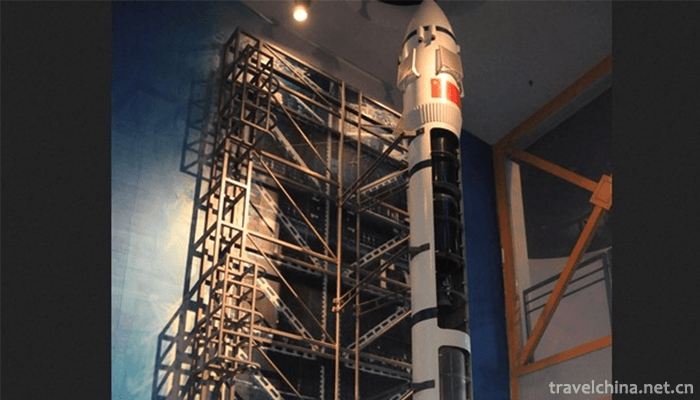
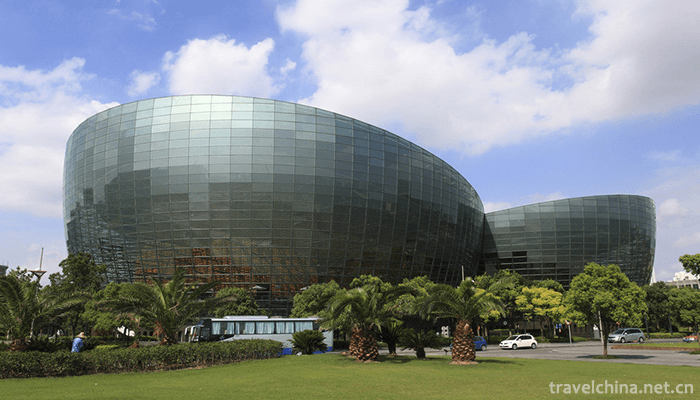
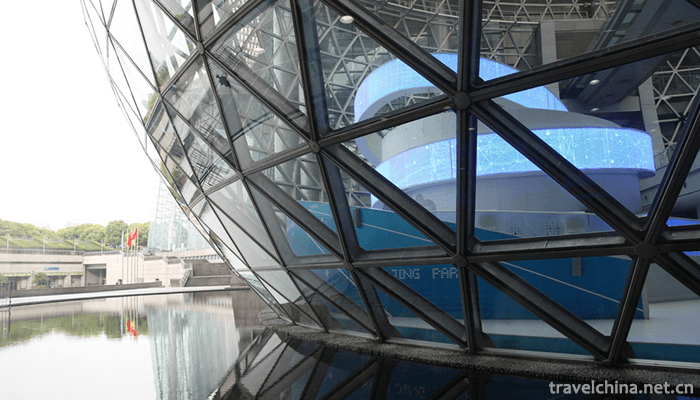
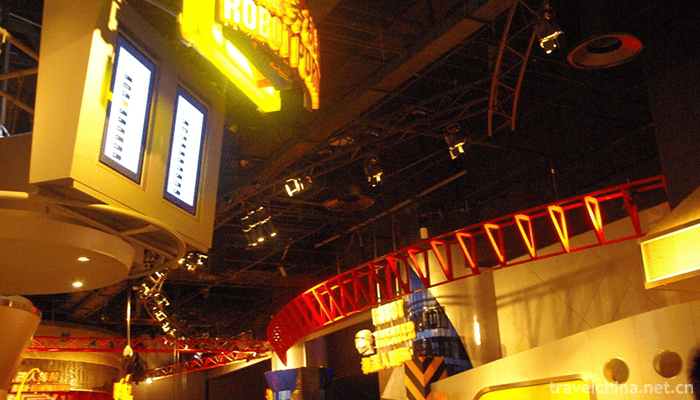
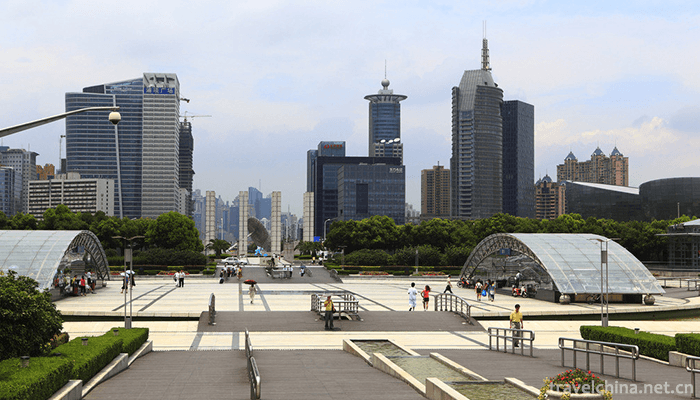
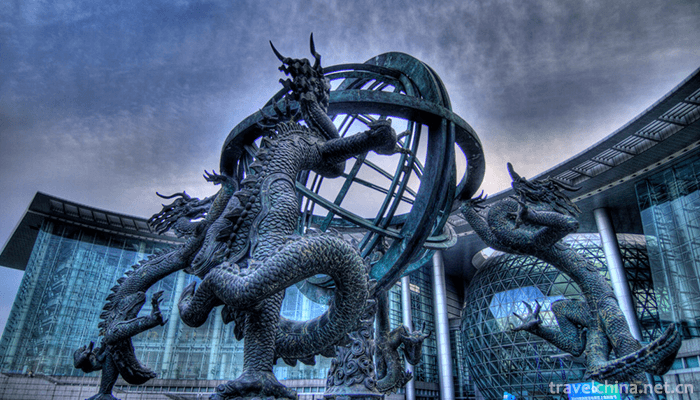
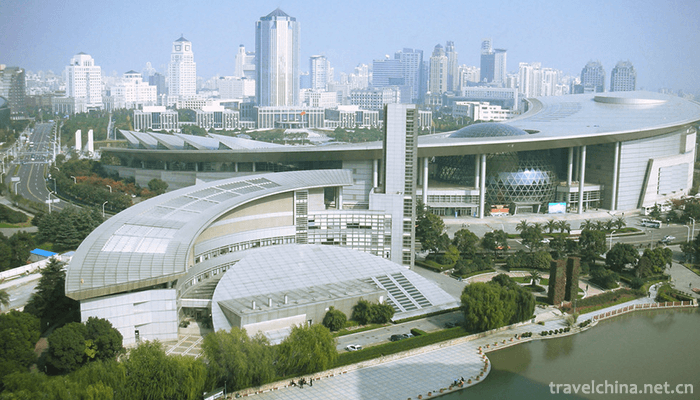
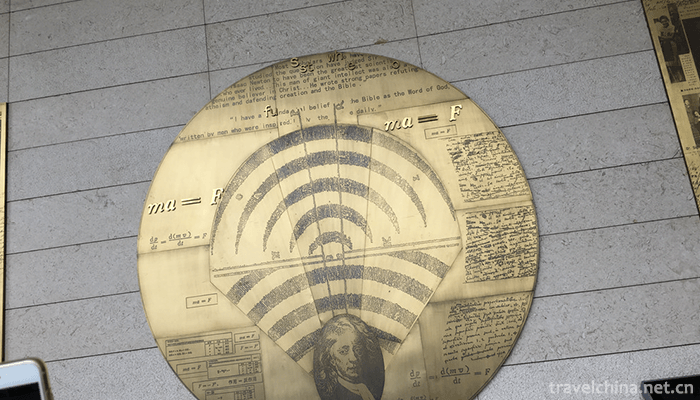
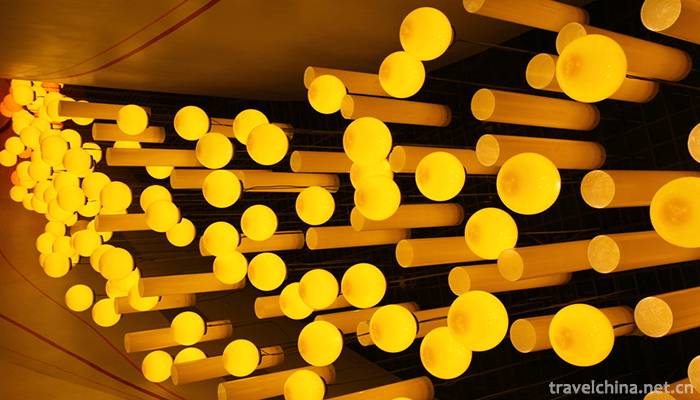
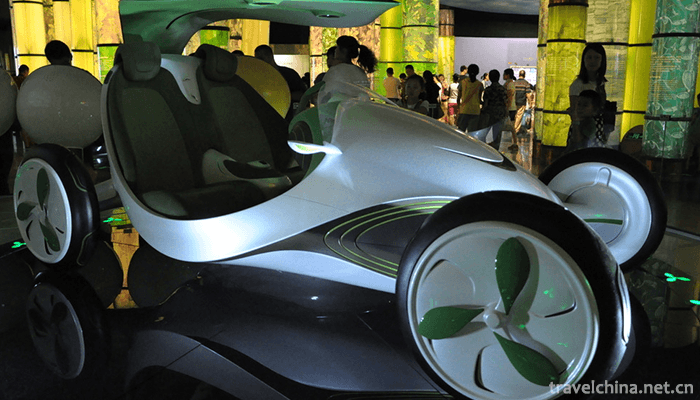
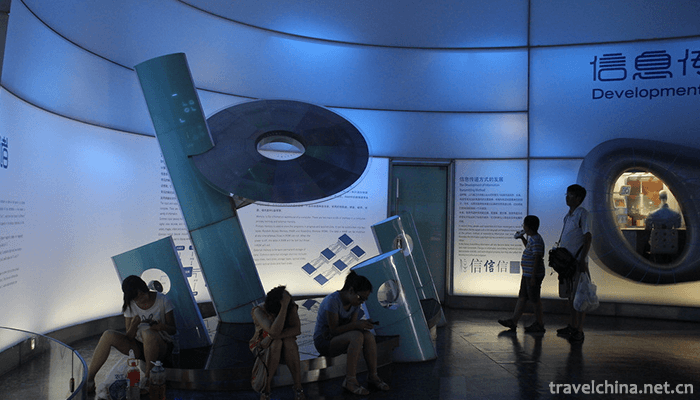
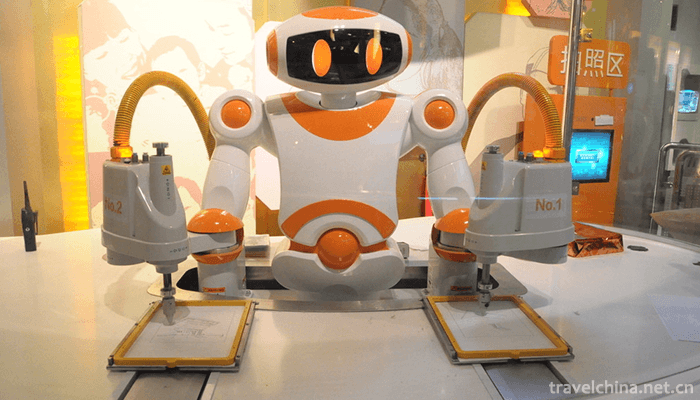
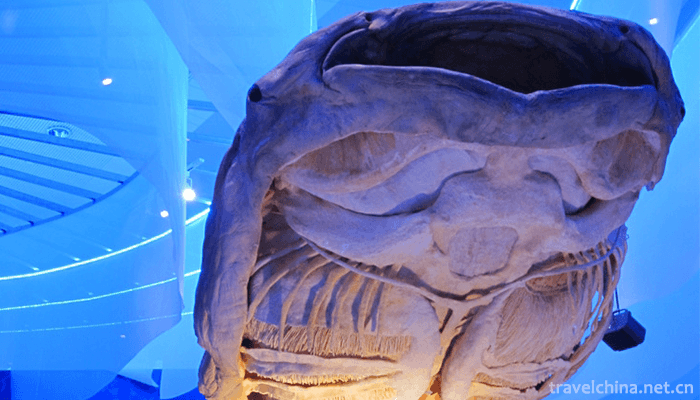
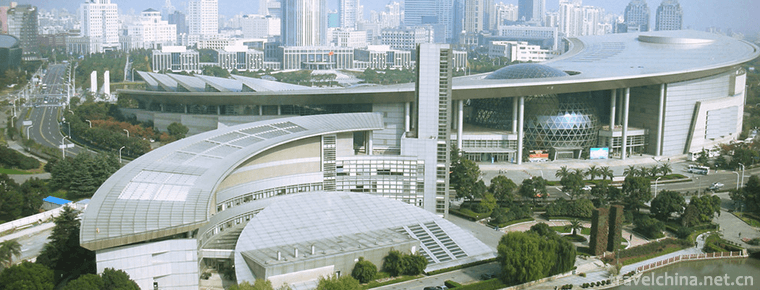
Shanghai Science and Technology Museum
-
Fulaishan Scenic Area
Fulaishan Scenic Spot, located about 8 kilometers west of Juxian County Town, is a national AAAA-level tourist scenic spot, provincial scenic spot, provincial geological heritage nature reserve, and i
Views: 193 Time 2019-01-12 -
Gongchangling Hot Spring Skiing Ground
Gongchangling Skiing Ground is located in Tanghe Scenic Area of Gongchangling, Liaoyang City, Liaoning Province. It covers an area of 100 hectares and is a national AAA-class tourist attraction.
Views: 134 Time 2019-01-12 -
Huguangyan Scenic Spot
Huguangyan Scenic Spot is located 18 kilometers southwest of Zhanjiang City, the southernmost part of the mainland of China. It is called "natural yearbook" of earth and geological science b
Views: 199 Time 2019-01-16 -
Shuangrufeng Scenic Area
Guizhou Shuangrufeng Scenic Area is located in Zhenfeng County, Guizhou Province. It is 9 kilometers away from the county town and on the main road of Zhenfeng-Guiyang
Views: 205 Time 2019-02-08 -
Tian Xiang Yuan
Tianxiang Garden is located in Nanchang City, Jiangxi Province, Qingshan Hunan Avenue, formerly known as the West Lake Garden. Founded in 1976, with an area of 112 mu
Views: 247 Time 2019-02-22 -
Eight treasures bean curd
Babao bean skin is a delicacy. Main raw materials: bean curd 6 white sesame 25 grams pig meat 120 grams of letinous edodes.
Views: 547 Time 2019-03-25 -
Jieshou Book Club
The first book of the world will be a national list of intangible cultural heritage. Miaohu Book Club in Jieshou City is a unique bonsai project in its culture and art.
Views: 141 Time 2019-05-06 -
A tune of mountain climbing
Mountain climbing tune, also known as mountain climbing song and mountain song, is a traditional short-tune folk song popular in the agricultural and semi-agricultural and semi-pastoral areas of centr
Views: 213 Time 2019-06-08 -
Wuju Opera
Wu Opera, commonly known as Jinhua Opera, is one of the local operas in Zhejiang Province. It centers on Jinhua area and is popular in Jinhua, Lishui, Linhai, Jiande, Chun'an, Yushan, Shangrao, Guixi,
Views: 249 Time 2019-06-30 -
Fan making Techniques
Suzhou Fan is a special product of Suzhou. It is famous for its elegance, delicacy and artistic characteristics. Including folding fan, sandalwood fan and silk Palace fan, collectively known as "
Views: 170 Time 2019-07-25 -
Ecological environment of Luzhou
On July 5, 2019, the Ministry of ecology and environment of the people's Republic of China announced the special investigation of black and odorous water bodies in the first stage of overall planning and strengthening supervision in 2019. Luzhou was listed in the "list of cities whose
Views: 361 Time 2020-12-14 -
Neijiang science and technology
In 2019, Neijiang City completed 195 science and technology projects above the municipal level, and applied for 2509 patents and obtained 1425 authorized patents, including 456 invention patents and 90 authorized invention patents. At the end of the year, there
Views: 130 Time 2020-12-16
